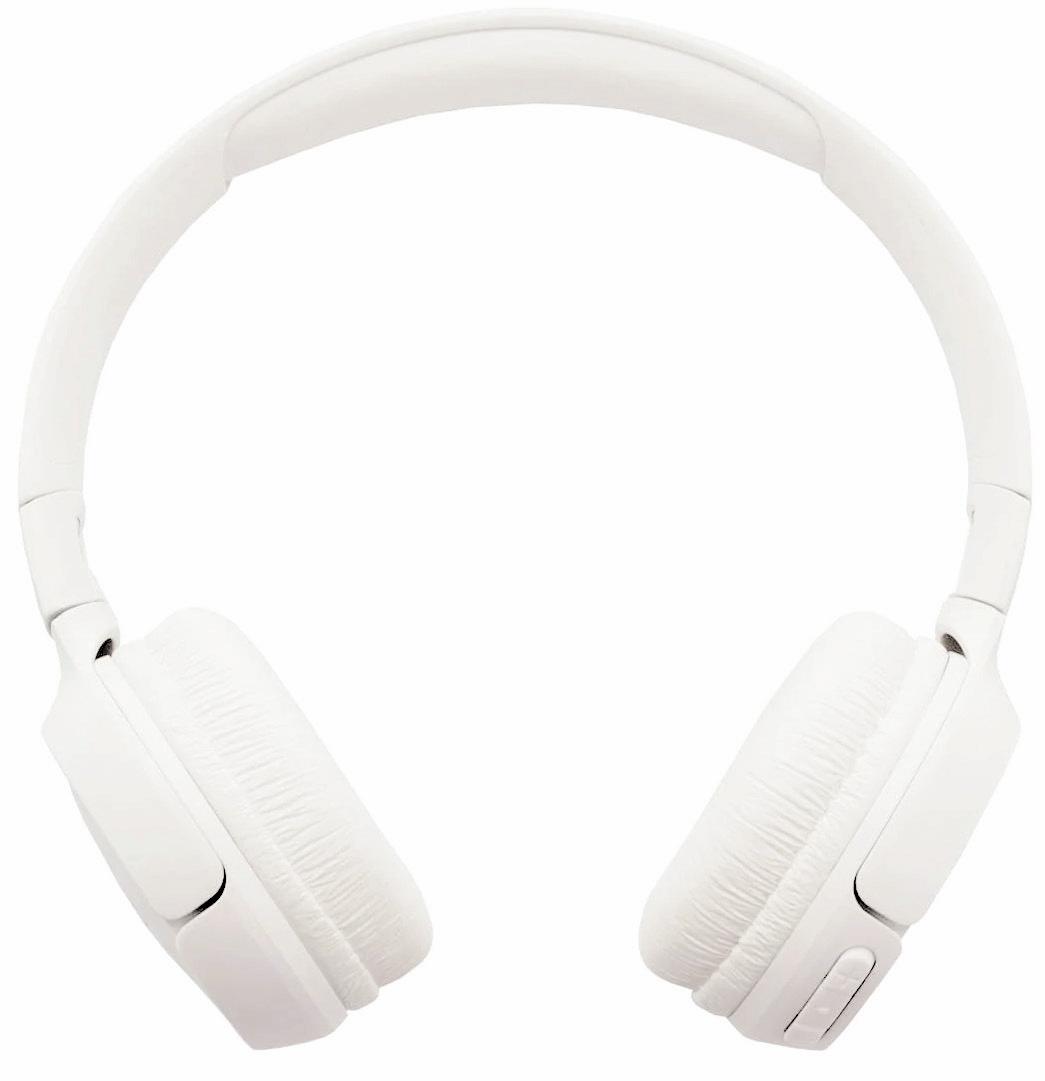
5 minute read
District unveils tutoring app to combat learning loss New insurance policy leaves Performing Arts in a lurch
BY MADISON THACKER
THE MIRROR ARTS & ENTERTAINMENT EDITOR on campus. impacted by it.”
Advertisement
Anew rule requiring vendors on campus to carry $1200 insurance has abruptly left theatrical productions without a lighting or costume designer, video production without a teaching assistant and the choir program without a choreographer or pianist.
These vendors can’t afford to buy the coverage. Vendors, according to LAUSD, are workers who are not insured or employed by the district, but are still on campus and interacting with students.
“Our costume designer makes $500 a semester from us, meaning that if she paid for the insurance she not only would be working for free but would now be paying us almost $500,” she said.
BY BARON KIM THE MIRROR STAFF
In a significant stride toward enhancing educational resources, LAUSD has introduced a remarkable new tool for its students—the Student Success Card app, which was made available on Sept. 18.

This initiative comes as a collaborative effort with the Los Angeles Public Library (LAPL), aiming to broaden the horizon of learning and resource accessibility for students, thereby setting a precedent for other school districts to follow suit.
The app, accessible via students’ Schoology profiles, is a gateway to a plethora of resources that the LAPL offers. The ease of access means that students are now able to tap into over 200 databases that offer free one-on-one online tutoring, homework assistance and a vast collection of music and movies without the hassle of multiple logins or platforms.
Additionally, the app provides access to engaging magazines, test preparation materials and an intriguing language-learning platform, all consolidated in one accessible locale, making it a robust tool for a holistic educational experience.
All LAUSD students who have been enrolled for more than two weeks are eligible to utilize this tool, completely free of charge. This effort to provide easy access to educational resources signifies LAUSD’s commitment to reducing barriers to education.
The app can be found under a student’s personal profile, specifically in the “Student Success Card” category on Schoology, ensuring seamless integration into the student’s existing online learning environment.
From language tutoring to resume creation, students would be unwise not to make use of this advantageous resource. The availability of expert tutoring, offered by The Princeton Review and the California State Library, on a wide array of subjects further exemplifies the comprehensive support the app provides, catering to the diverse academic needs and interests of the students.
“It’s fantastic,” school librarian Ms. Suzanne Osman said. “I have personally used it, and they can help you with everything from college apps to homework help in any subject.”
The partnership between LAUSD and LAPL exemplifies a forward-thinking approach to increasing technology’s ever-growing role in education, setting a benchmark for other districts.
This rule, which went into effect this semester, requires all vendors to carry a new insurance policy dealing with abuse and sexual molestation. While most vendors have to carry some form of insurance just to cover their bases, this new addition is extremely costly and can not be paid by the school. Independent contractors now have to pay over $1200 out of pocket to work on campus.
Although the enforcement of the rule came as a surprise to teachers and administrators, nobody could say they were shocked that LAUSD had to create this policy. Performing Arts Coordinator Ms. Fanny Arana explains that most of the reasoning comes from the fact that LAUSD is constantly getting sued.
“There’s a huge settlement that just ended involving Cleveland High School that cost them millions of dollars,” she said.
In light of this new insurance policy, Ms. Arana believes that these vendors no longer consider it worth it to work
The policy is strongly affecting the Performing Arts Department. The fall production of “The Iliad, the Odyssey, and All of Greek Mythology in 99 Minutes or Less” was forced to take place without a lighting or costume designer. Theater teacher and production director Mr. Justin Baldridge was left scrambling as he tried to find replacements.
For their upcoming winter showcase, the choir program planned to have their live accompanist on stage to play music. This accompanist worked with them in the classroom, playing background music during rehearsals. Now, students in the program not only have to practice without a live accompanist, but will also have to perform without one. Since they will be singing to pre-recorded tracks, the performance quality is guaranteed to be lower.
Performing Arts Coordinator Ms.
Fanny Arana
“I had to find new people who not only could use our equipment but would work for free,” he said.
Under this new policy, LAUSD vendors have to go through extensive background checks and fingerprinting as well.
Like most teachers on campus, Mr. Baldridge is not blaming the district for enforcing the rules. Nor is he blaming school admin, because they have no choice but to abide by the rules. But overall, he is extremely upset with the situation.
“I understand why the new policy is there and that the district is trying to support and protect itself,” he said. “But I’m frustrated because you’ve now restricted the programs that rely on so many people, and now the department and those within it are negatively
Film and video production teacher Mr. Thomas McCluskey has had a teaching assistant for the past two years. Because his teaching assistant is unwilling to pay extra money for insurance, Mr. McCluskey must now scale back his program to only what he himself can handle.
Ms. Arana is trying to remain optimistic. She is working very hard on finding a solution by researching what other schools are doing. But due to the fact that this is a district-wide issue, the future looks bleak.
“Most other schools are having to find workarounds or loopholes so to speak,” she said. “I’m not quite sure what they are doing, but I’m trying my best to find out. Sadly, this new policy plus the budget cuts are slowly killing us from the inside out.”
Performing Arts teachers and students are all hoping for a long-term solution to surface. Mr. McCluskey hopes that the situation is fixed not only for his sake, but also for that of the students.
“Teachers in arts programs need these support staff to create great experiences for students,” he said. “Without them, the students’ experience of these programs will be significantly limited.”
BY BARON KIM THE MIRROR STAFF
In the whirlwind of today’s digital age, headphones are a teen's best friend. They offer a private haven of music, podcasts and videos. However, the love for loud music through headphones is brewing up a storm.
The teen years, marked by exploration and learning, are now also becoming a time of inadvertent risk-taking when it comes to auditory health.
The magnitude of this issue is both broad and deep, with around one billion young people worldwide potentially at risk of hearing loss from their habits of listening to loud music through headphones, according to the BMJ Global Health Journal. The ubiquity of headphone use among teens, coupled with a preference for loud volumes, is a recipe for widespread hearing impairment.

“I honestly can’t see a world without my airpods,” junior Anthony Sanchez said. “I use them daily, and I see my friends with them in all the time as well.”
According to The Mirror’s survey, 65 percent of students polled listen to music with their headphones at maximum volume.
Understanding the dynamics of sound and its impact on the ears is fundamental. Sound is measured in units called decibels. The higher the decibel level, the louder the sound.
Prolonged exposure to noises above 85 decibels can be harmful to hearing. To put this in perspective, music listened to at maximum volume using headphones often falls in the range of 85 to 120 decibels, a level that can cause significant hearing damage over time
“After thinking about it, I’m pretty sure that I listen to my music at at least 75 percent volume,” sophomore Kaisher Babaran said. “Sometimes it’s loud










